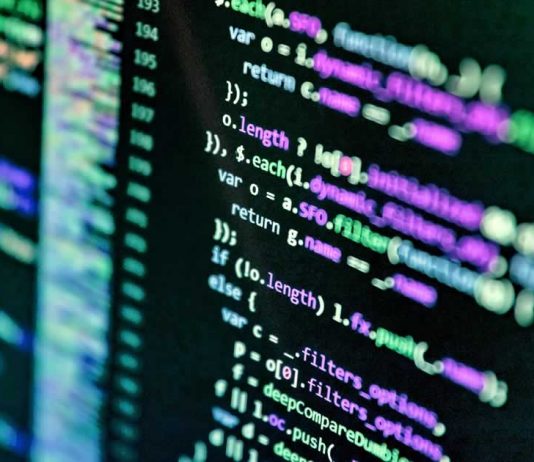Data is a crucial element in several aspects of life. Information drives humans to think and proceed with different activities. For example, a surgeon can’t proceed with a medical operation if they don’t know what to do with the patient (who might already be in the operating room).
Capturing data is possible with the use of telemetry tools. One of these applications is an open-sourced software called OpenTelemetry.
Contents
Telemetry: An Overview
Before you understand the ins and outs of OpenTelemetry, it’s essential to take a deeper dive into the subject of telemetry.
Telemetry is the collection of information from remote locations and transmission of the captured data to a piece of receiver equipment for analysis. The term is from its Greek origins,tele, meaning remote, metron, meaning measure, and grapheinon, which means to transmit. The word telemetry originally referred to the measurement of ocean waves using wireless devices. It became part of the military’s arsenal of communications in World War II when the Navy used it to communicate with their fleet. With time, however, it was used more for telecommunication applications than in battlefields.
There are two different telemetry systems: wireline and satellite-based. The latter consists of transmitters that send signals to a receiver wherein a computer receives the data. The wires used in wireline telemetry systems usually have copper lines that shield against electromagnetic interferences. On the other hand, satellite-based telemetry systems require a higher-tech system consisting of highly sensitive receivers located in orbit.
Telemetry is usable for relatively every application imaginable, such as capturing commute data or recording home Internet use. Today, several industries continue to use this technology for different purposes.
A Quick Look At OpenTelemetry
OpenTelemetry is an observability ecosystem by the Cloud Native Computing Foundation (CNCF) using telemetry-focused features. It provides observability solutions to different organizations while representing the third evolution of two other apps, namely OpenCensus and OpenTracing.
This observability system uses a set of agents, libraries, standards, and SDKs to provide full observability for different entities. For those who are familiar with OpenCensus and Opentracing, you might find that OpenTelemetry uses the same standards-based approach. Hence, it can help avoid vendor lock-in by using data exports and app instrumentations.
Users of OpenTelemetry can find several components within its ecosystem, including:
- Standards or specifications
- APIs
- Collector
Moreover, users can find and use SDK concrete implementation of an API, which holds exports, metrics, tracing, and auto-instrumentation.
Software Observability
OpenTelemetry uses software observability to record data and transmit information to end-users or backends. This aspect allows users to see various pieces of information, such as the current tasks of production machines or the location of certain computing devices. Thus, some people might find OpenTelemetry and similar software to have their pros and cons. Note that the benefits of using this open-sourced app to record data might be seemingly limitless. However, cyber attackers may also use this technology to develop hazards to promote data security breaches.
Nonetheless, various software developers might be looking into security solutions for users to prevent these cybersecurity risks. In turn, using OpenTelemetry should allow legitimate organizations to use its functionalities to observe, record, and send data to promote positive changes in different environments.
Distributed Tracing
Upon reading some aspects of telemetry and OpenTelemetry, you might chance upon the topic of distributed tracing. But, what is distributed tracing?
Distributed tracing is a set of techniques that follow a transaction that may need various component interactions within the data downstream. In other words, it lets users create a trace to see the location of the generated data and its interactions with different entities. Each component found in a distributed tracing run may include many spans to record one component interaction. Hence, distributed tracing becomes an essential feature for relatively any distributed system, including OpenTelemetry.
Applications And Benefits
Users who take advantage of OpenTelemetry may use the software’s features to find solutions to different concerns. Some of these issues may include (but not limited to) the following:
- Consumer feedback about a specific product or service
- App engagement duration
- Computer operating system settings
- Statistics on different monitoring devices
- Road crashes in a particular city or town
Thu, OpenTelemetry users may find innumerable uses for the software. Furthermore, the data gathered by this open-source application tend to be invaluable in the development and maintenance process.
Final Words
Various organizations in different sectors may take advantage of OpenTelemetry and its telemetry-focused features to record and send relevant data. Entities may use the captured data to create actionable strategies and implement those thoughts into beneficial tasks.


